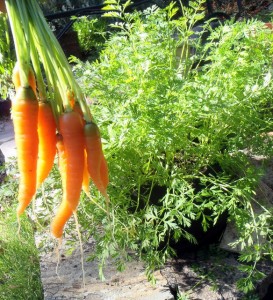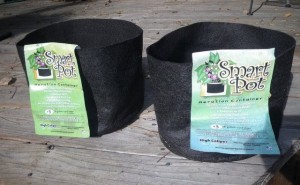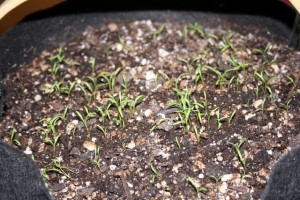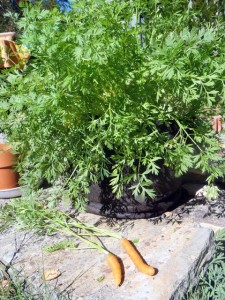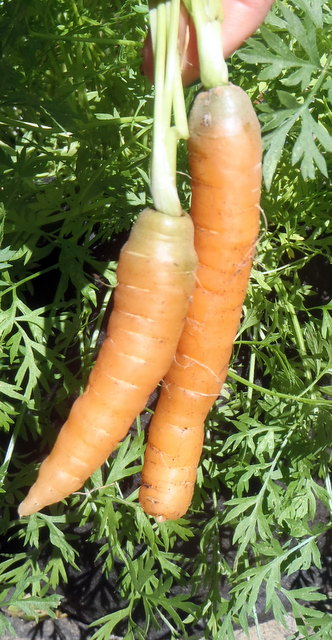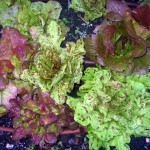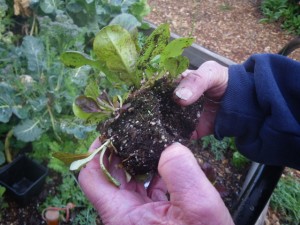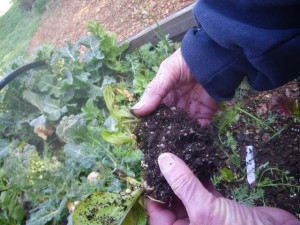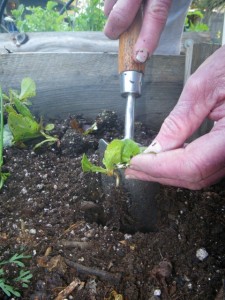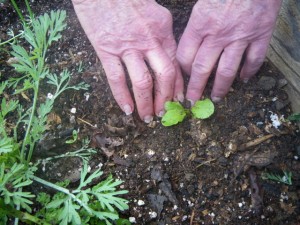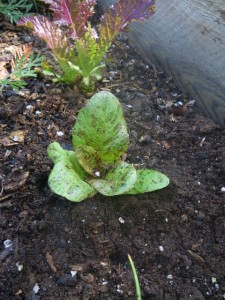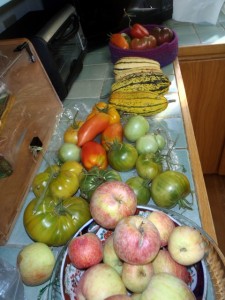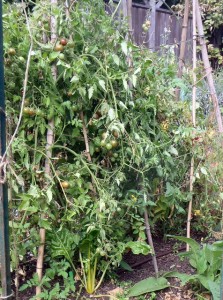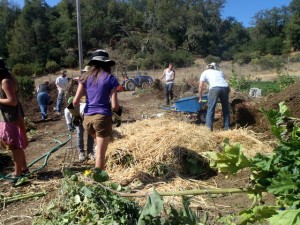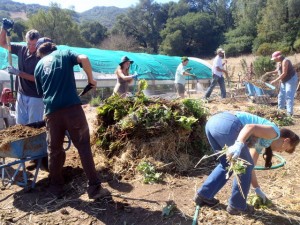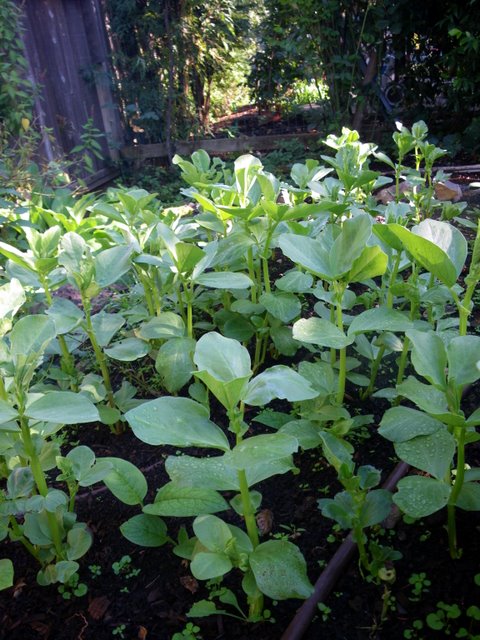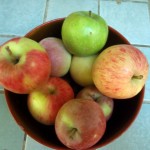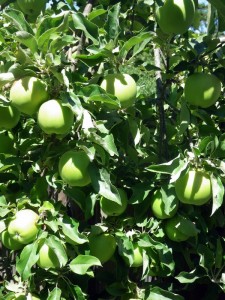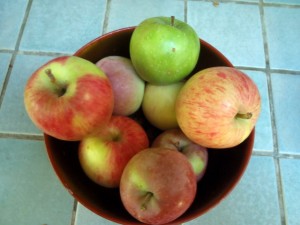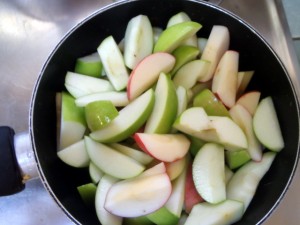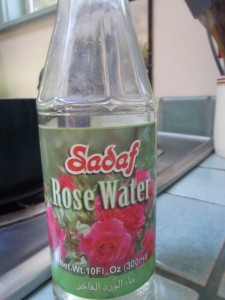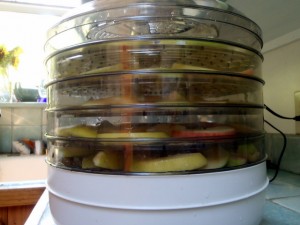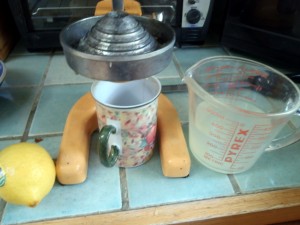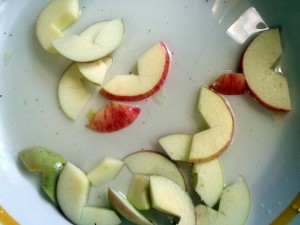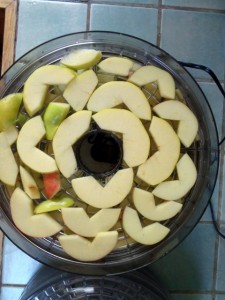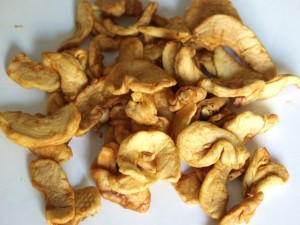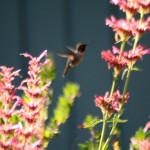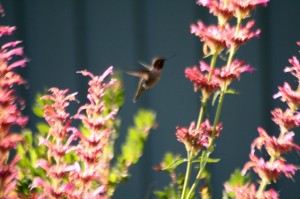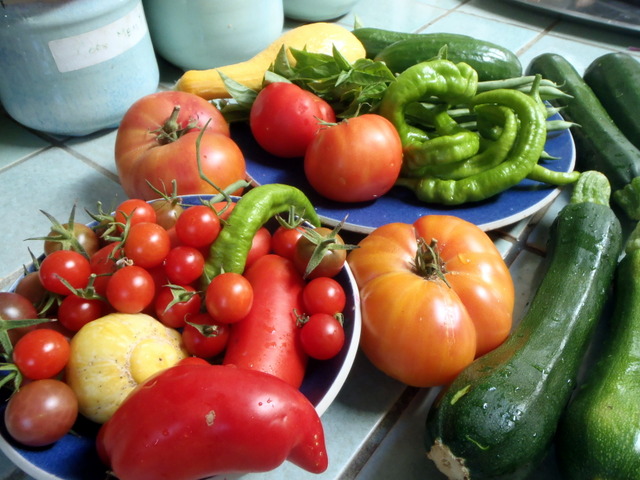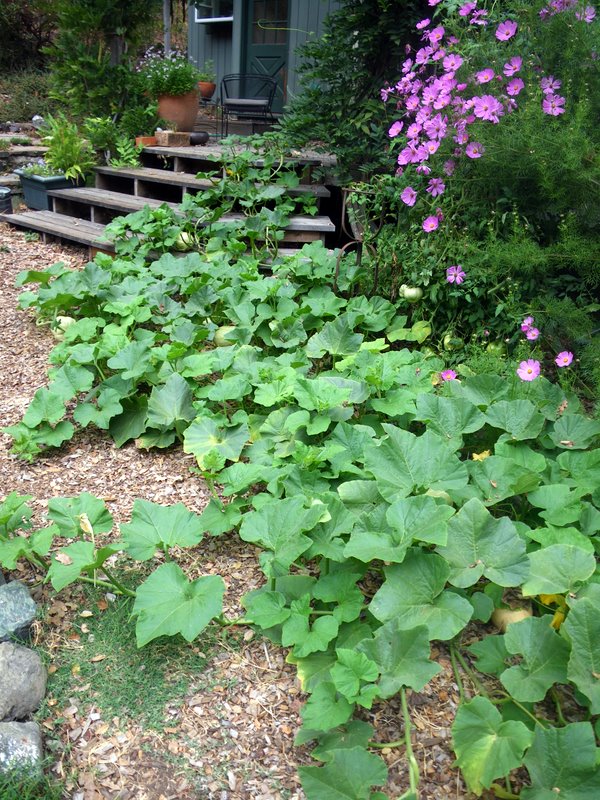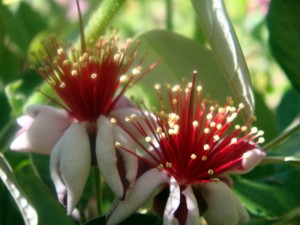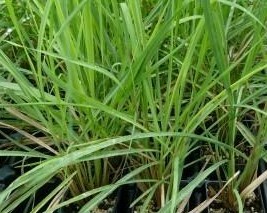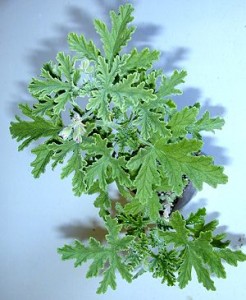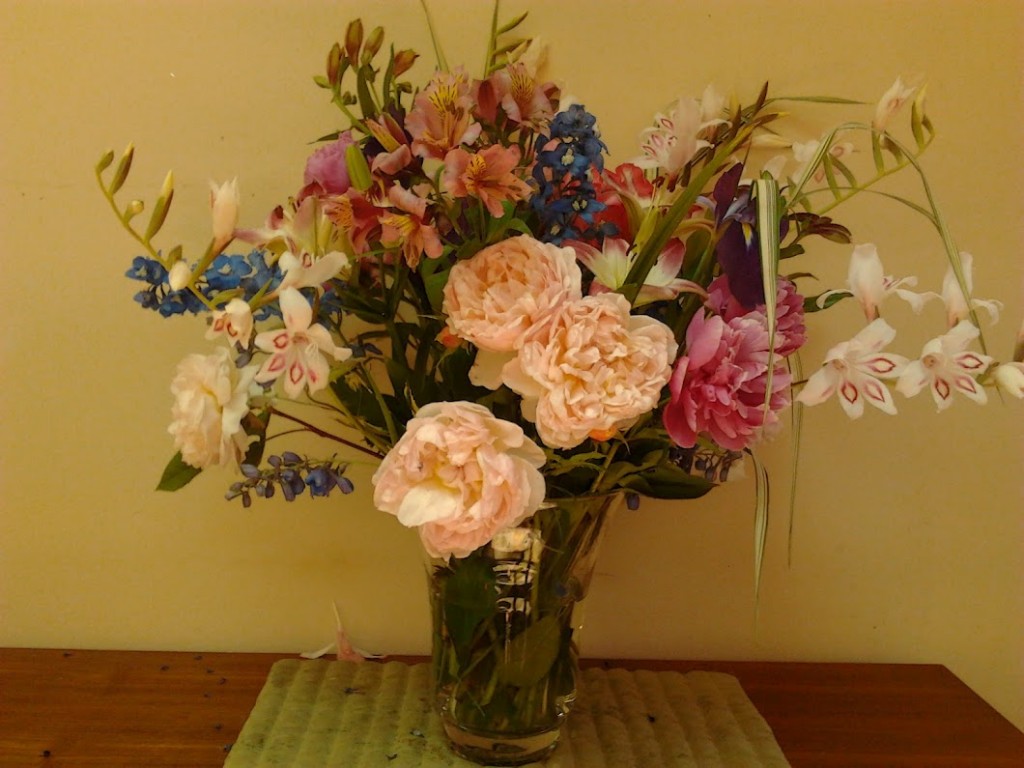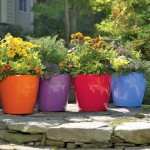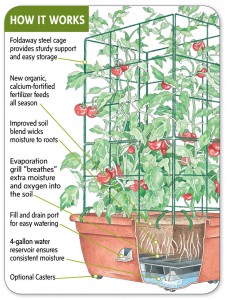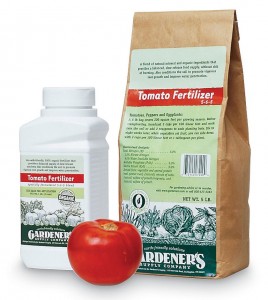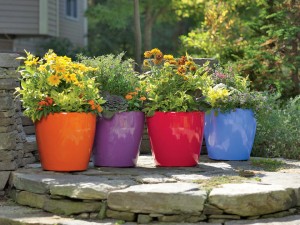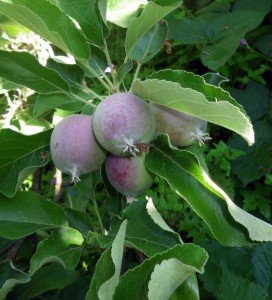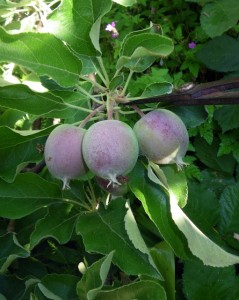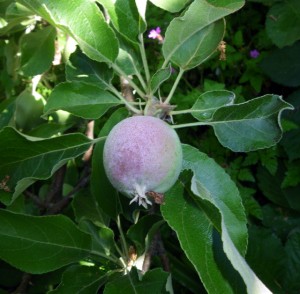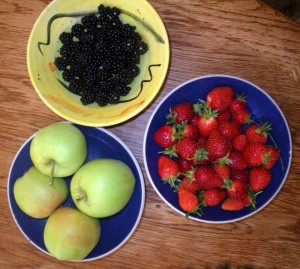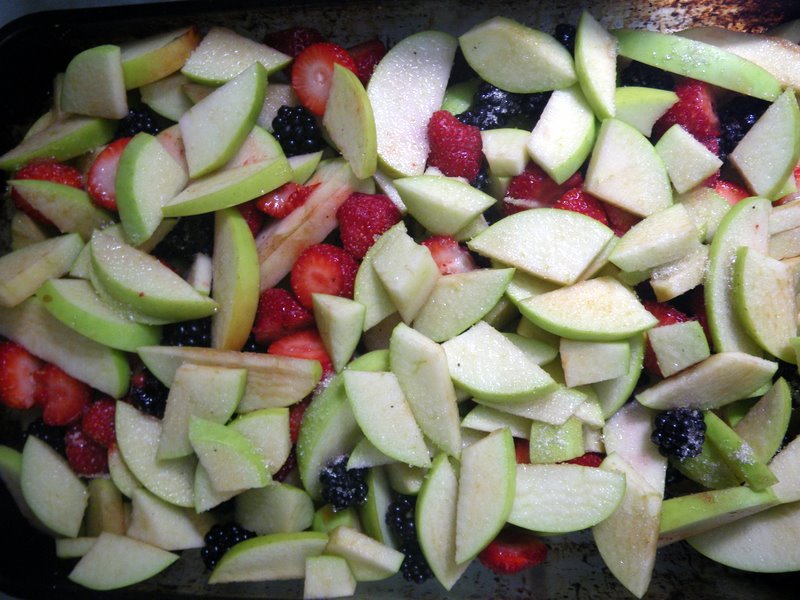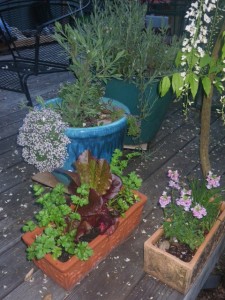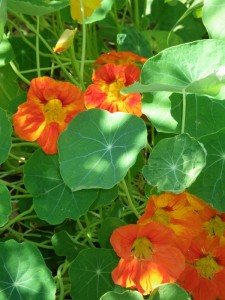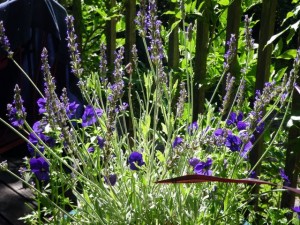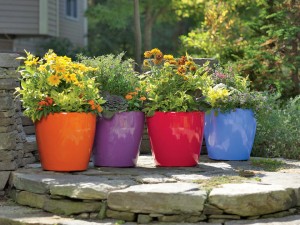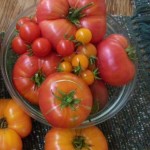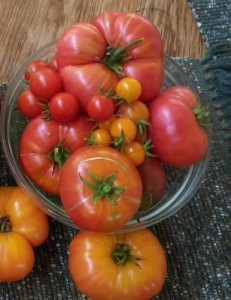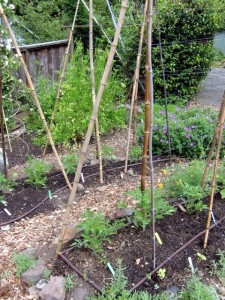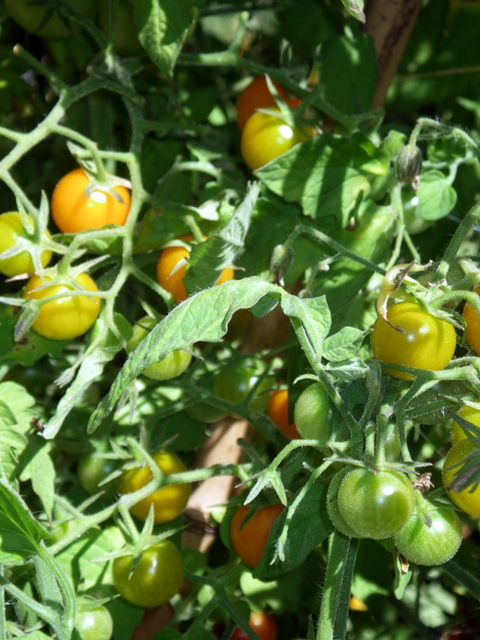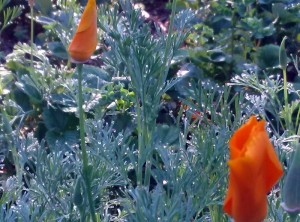
Morning dew on poppies
Guest blog by Charlene Burgi from Marin Municipal Water District
I enjoyed Charlene’s post so much that I asked her if I could use it in my own blog and it turns out she and MMWD are happy to share her writings. I hope you enjoy it also.
Early this morning, Jack and I observed the prairie dogs scampering across the donkey’s pasture. The morning sun found the droplets of last night’s rainfall sparkling like diamonds clinging to the plants surrounding the deck. I was at peace as our two darling golden retriever puppies, Sassy and Misty, slept at our feet.
During those quiet moments, my mind drifted to a conversation recently shared with Wendy, who I used to work with at MMWD. She had come up for a visit and driven off minutes before, but her words about what a healing place the ranch was for her reverberated in my mind. I have heard these words before from other visiting friends and wondered what healing elements found here might be captured in other gardens.
It is quiet here. In fact, I was once told it was “too quiet.” Nonetheless, as we savored the morning I found peace with the chirping birds flitting to the feeding stations set within the trees. Fragrance wafted through the air from the peonies in bloom. The spires of deep purple, sunshine yellow and pure white iris captured my attention as they gently swayed in the breeze. Below were shades of lavender and purple flowers from the sage and catmint. It was these elements that set the stage for the peace found here.
I thought back to meditation gardens I had designed in the past. What were the commonalities within those plans? Serenity was the primary thought. A quiet sitting area was essential, as well as exposure to the sun and shade to meet the varying needs of the garden visitor. The focal point of a bird bath, small fountain, or garden art always found its way into the design.
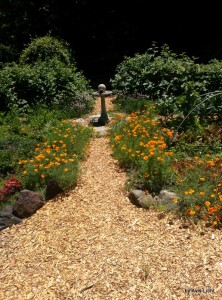
A simple bird bath can be an important design element as well as good for your birds.
Plants in these gardens were chosen to offer year-around interest. Spring, summer and fall color and fragrance provided a sense of peace, attracted beneficial insects, and offered a place for our feathered friends. Winter elements included an Acer palmatum ‘Sango-kaku,’ better known as coral bark Japanese maple, which impressed the winter visitor with its magnificent red bark; or a Corylus avellana ‘Contorta,’ better known as a Henry Lauder’s walkingstick, whose growth twists and contorts to capture the attention of anyone viewing this uncommon aberration.
Sassy and Misty soon broke my thought process as they ran in a “ring around the rosy” chase through the lavender and flopped down on the daffodils that once added to the grace of the garden. The pups seemed to know those bulbs had completed their cycle for the year, as they avoided the daylilies planted amongst the daffodils.
Are you in need of a quiet place to recharge your batteries at the end of the day, but hate the thought of another work pill of maintenance? Consider finding a quiet place in your garden. For ease, choose a native plant palette that offers low maintenance, beauty, fragrance and color. You will be one step ahead if a large tree exists. If not, consider planting a cercis redbud. Add drifts of Pacific Coast iris, various heights and shades of blues found in ceanothus, or the diversity and subtle pinks of arctostaphylos. Include mimulus, cistus rock rose, salvias, ribes, poppies and Carpenteria californica. While it is from Chile, consider adding Berberis darwinii to provide winter berries for the birds and a thicket for their protection. Include a few well-chosen boulders, garden art, or a simple shallow garden bowl for a water feature. And don’t forget that bench or seat to provide a place to unwind.
You, too, can find that healing place right in your backyard—and a native garden can help heal a strained summer water bill from an otherwise thirsty landscape. Give it a try—you won’t regret it!
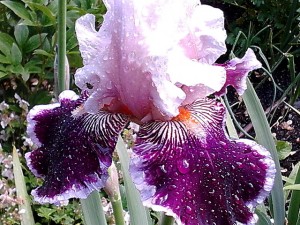
Bearded iris in Spring
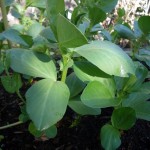


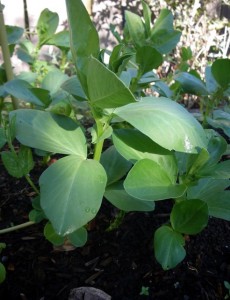
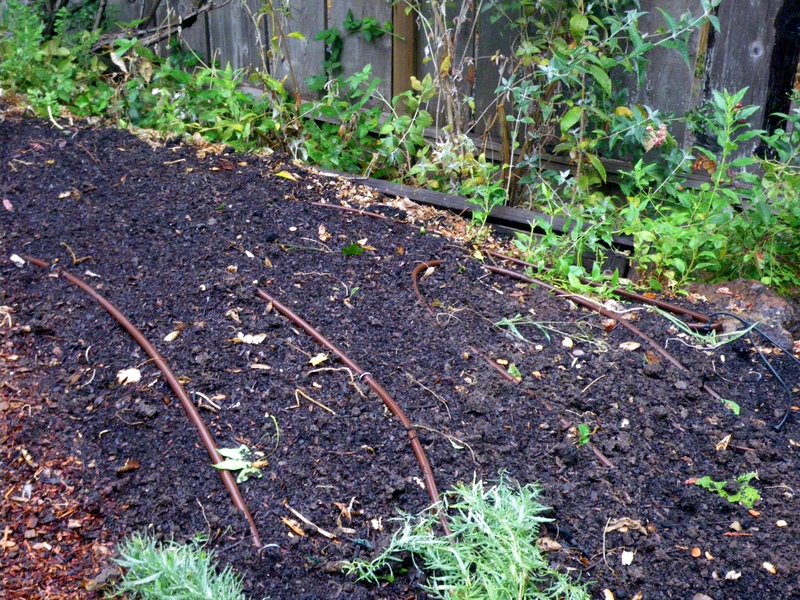
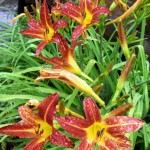
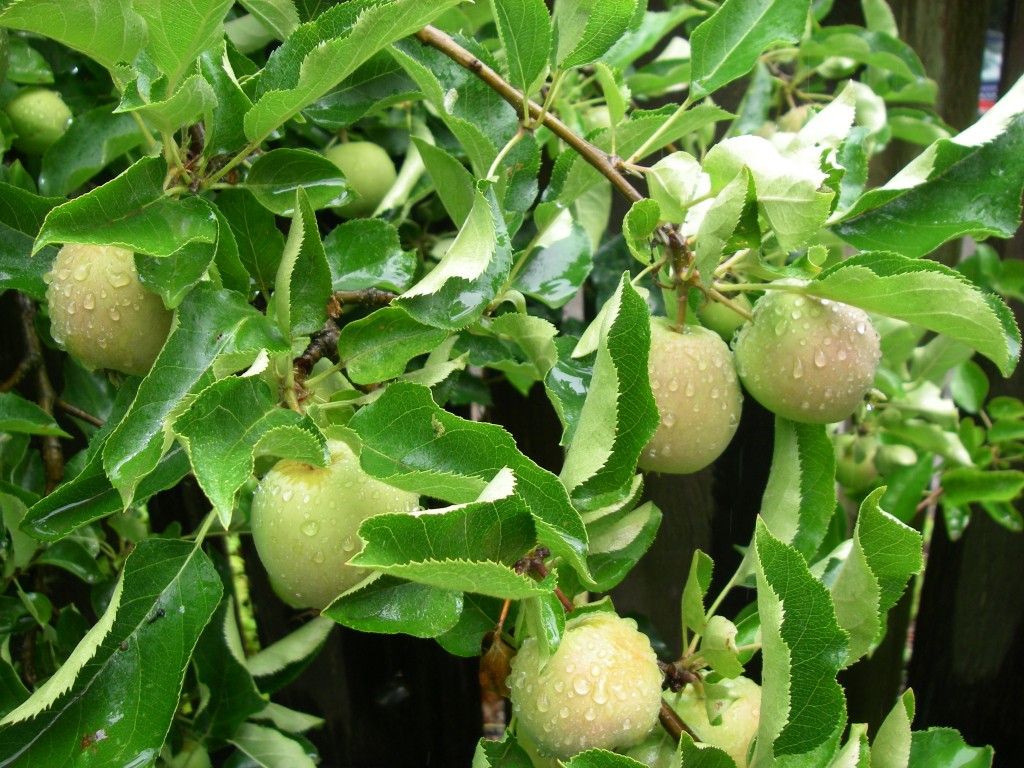
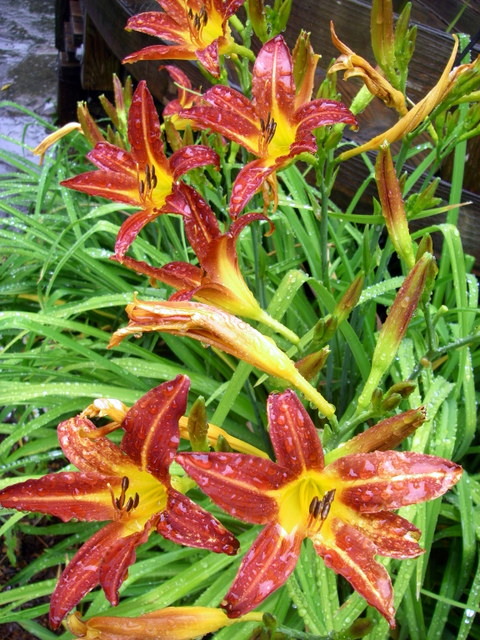
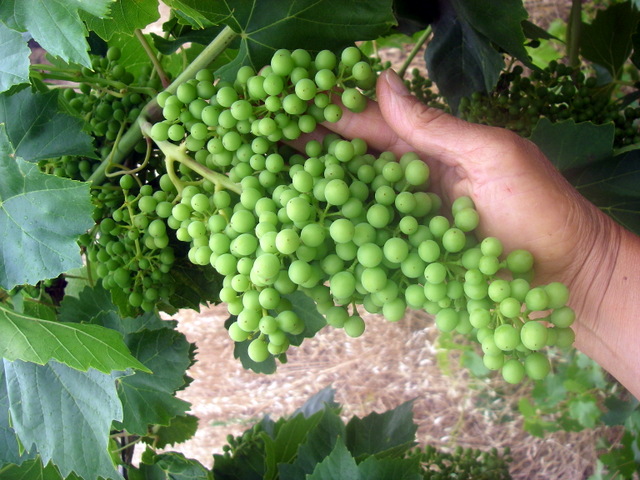
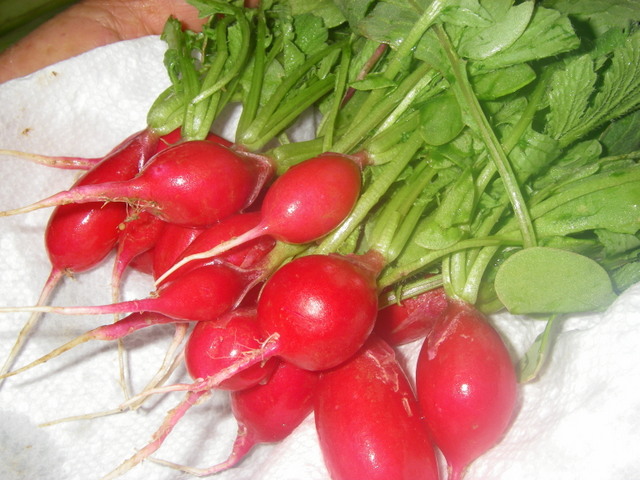
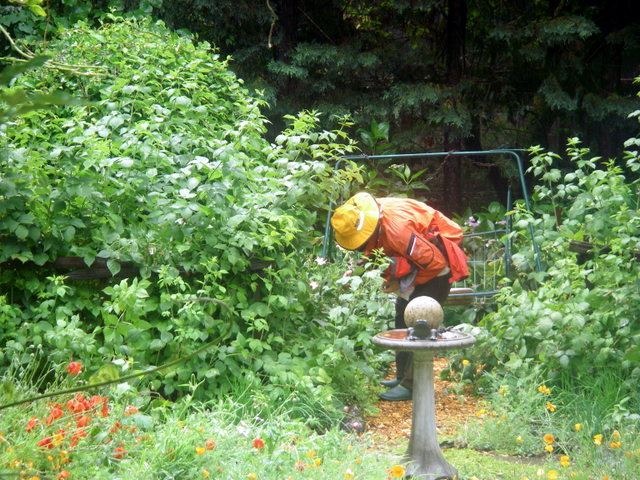
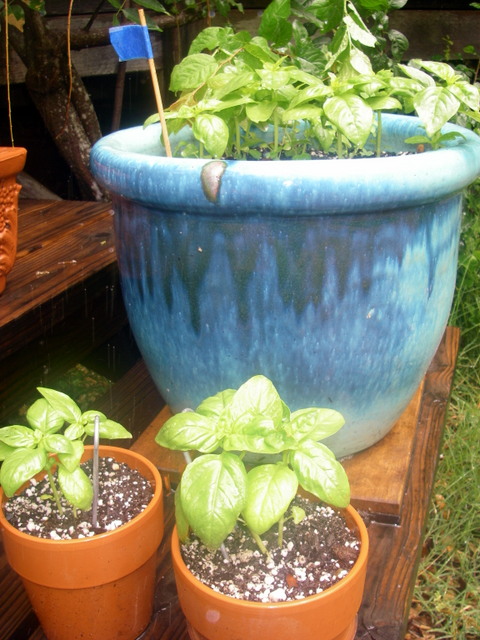
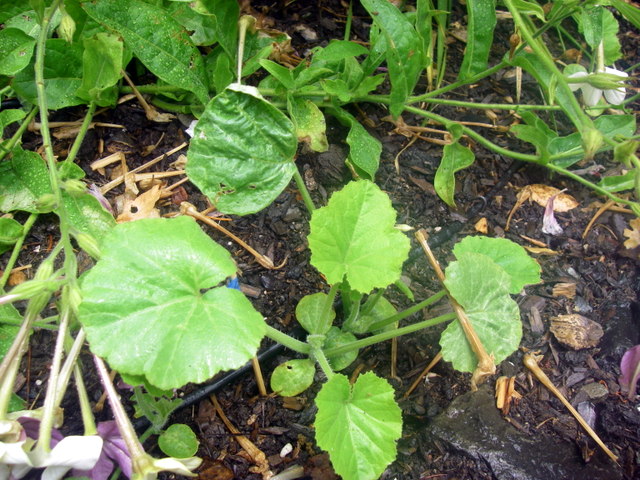
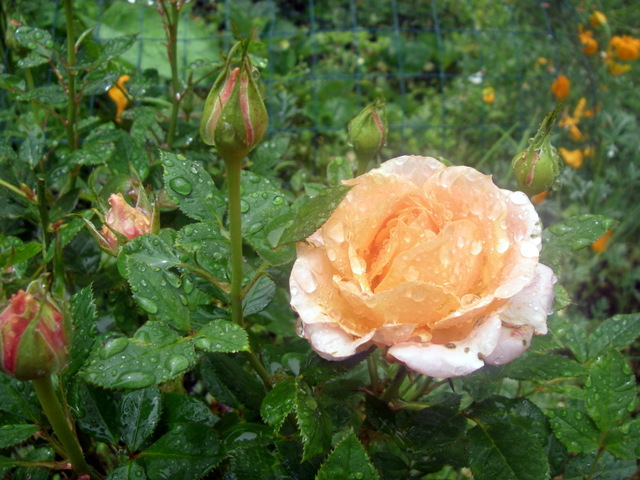
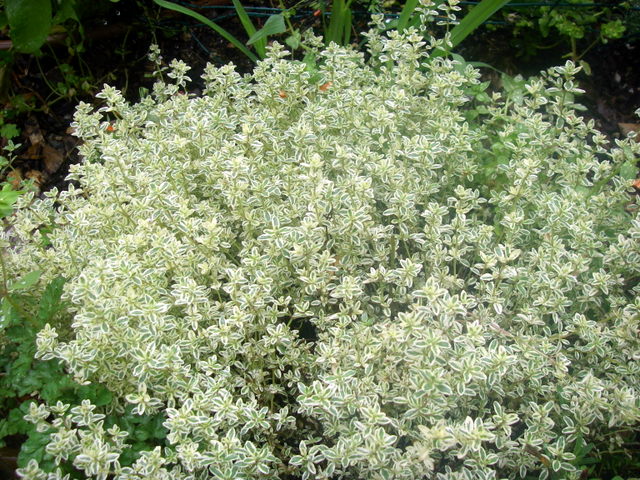
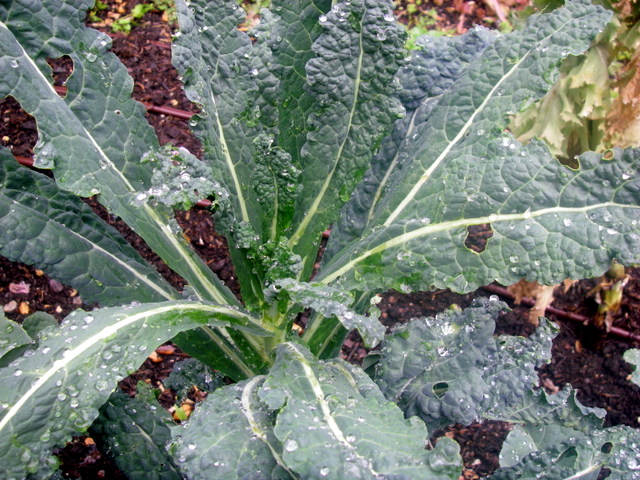
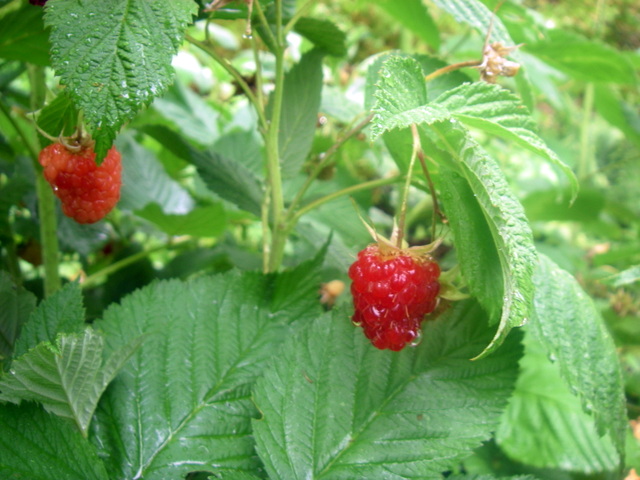
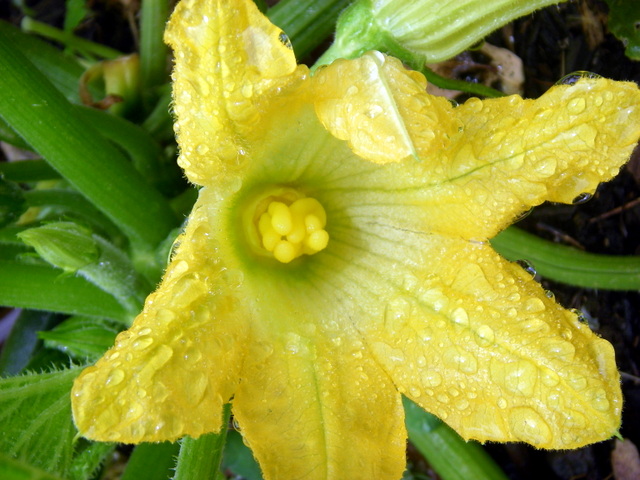
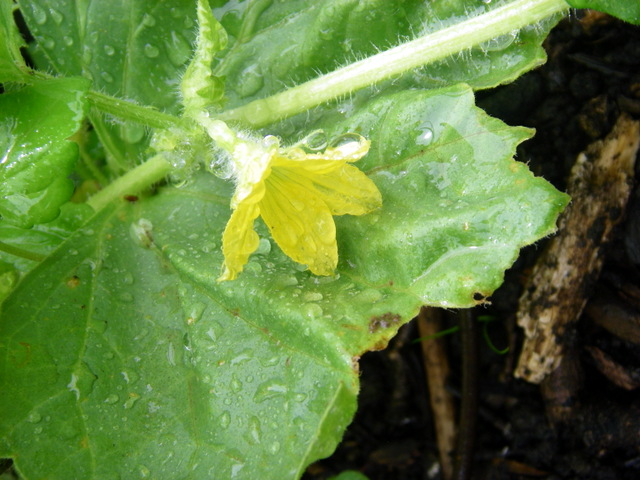
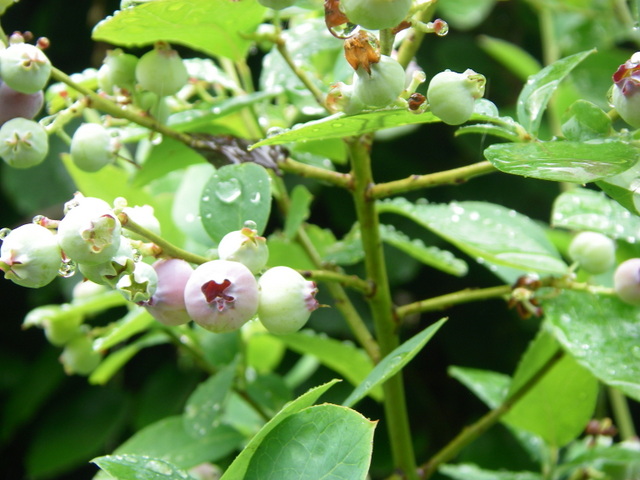





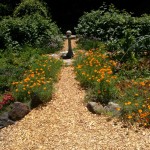
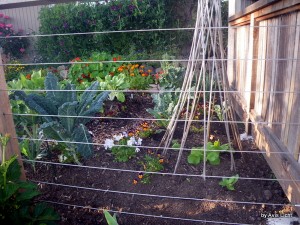
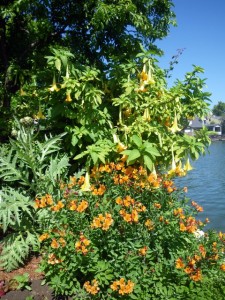
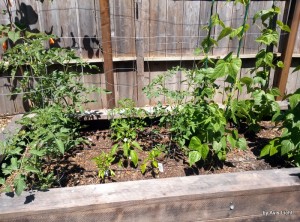
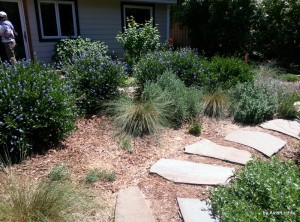
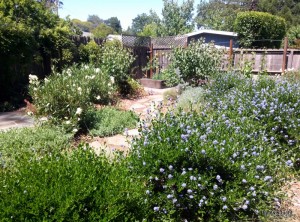
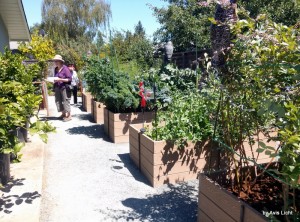
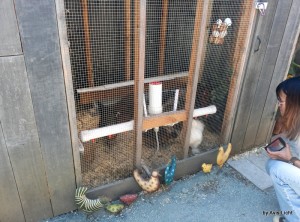
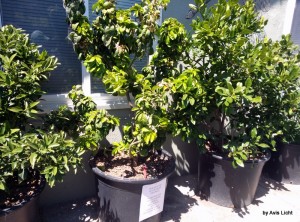
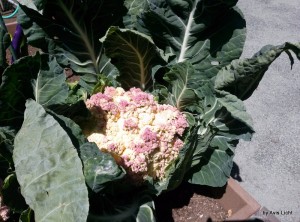
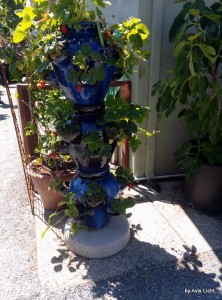
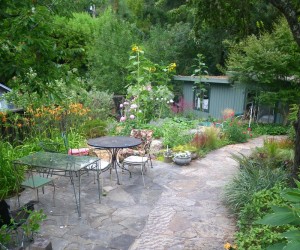
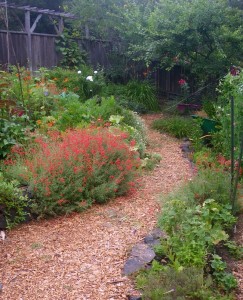
 Follow
Follow

